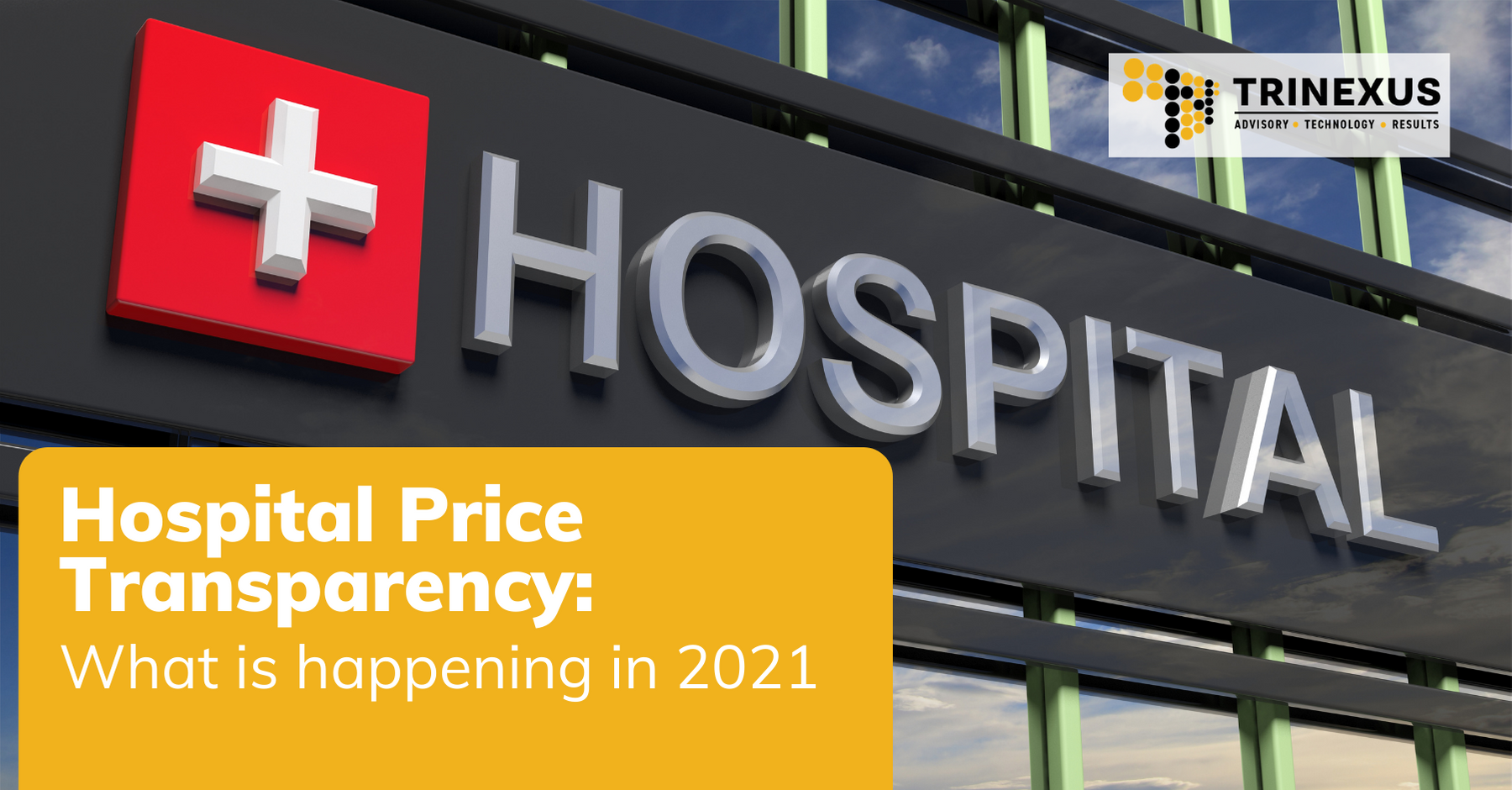Hospital Price Transparency: What is happening in 2021
In the aftermath of this past year 2020, all hospitals should have completed the planning for the year 2021. But did they consider the changes in regulations for the year?
Among the most significant changes for this 2021 is the regulation focused on Hospital Price Transparency established by Centers for Medicare & Medicaid Services (CMS) – Standard Charges Public (CMS-1717-F2) (final rule of Hospital Price Transparency).
What does the Hospital Price Transparency say?
The final rule of Hospital Price Transparency, published in the Federal Register on November 27, 2019 (84 FR 65524), states that for the 1st as of January 2021, each hospital operating in the United States is required to provide affordable pricing information about the items and services they provide in two ways:
Full machine-readable file with all items and services.
Display of services that can be purchased in a consumer-friendly format.
The final rule sets out the requirements for hospitals operating in the United States to establish, update, and make public a list of their standard charges for the items and services they provide. Such information must be updated annually.
Hospitals must publish standard charges for services that can be planned in advance, including the service description.
It is estimated that, on average, hospitals should publish information from at least 300 services they typically offer, of which 70 of them are pre-defined by CMS. This includes services such as x-rays, outpatient visits, imaging tests, laboratory tests, or combined services such as a colonoscopy.
Published information must present the hospital's standard charge for service and other associated costs.
Currently, no exceptions have been determined for hospitals operating within the United States to meet this current policy requirement.
"CMS' new rule focuses on the client and their need to analyze what they are buying and how much it will cost. As any other regulation, this will add another level of complexity in the hospital's processes to comply," said Debra Lafuente, President and Co-Founder of Trinexus. She continues saying that “after working with many hospitals, there is an internal challenge, understanding their own costs, resulting in an additional element to overcome in a short period of time.”
What other significant entities are saying about this rule?
Recently RAND Corporation did a research named Impact of Policy Options for Reducing Prices Paid by Private Health. This report analyzes the spending impacts of policy options to reduce hospital prices paid by private health plans. The top 3 key findings are:
Regulating prices for all private plans, by either setting or capping prices, has the potential for a significant impact on hospital spending that could lead to a 1.7- to 6.5 percent reduction in national health spending.
Increasing hospital price transparency could help reduce prices but is unlikely to reduce spending as much as regulating hospital prices could.
An increase in hospital market competition, even one that is large by historical standards, could also reduce prices but is unlikely to save as much as regulating hospital prices for all private plans.
There are major organizations in the US already making a statement around this new study, like Rick Pollack, President and CEO of the American Hospital Association. He states that RAND uses old and flawed studies that do not consider the rising costs and market concentration in the commercial health insurance industry nor the below the cost payments from Medicare and Medicaid.
So… where does this leave us?
In the meantime, there is still a regulation to comply with.
The HHS states the cost of implementing the rule can be significant. The total burden estimate for the first year to be 150 hours per hospital with a cost of $11,898.60 per hospital. They also estimate a total burden in the United States of 900,300 hours (150 hours X 6,002 hospitals) and total cost of $71,415,397 ($11,898.60 X 6,002 hospitals) (p287).
"Knowing how to review the process, create the changes and implement them can make a difference in the final investments hospitals need to do to comply with this rule. Having an expert that evaluates and brings suitable custom solutions that will work best for their processes is key for budget spending. The idea is not to under or over assess but to design the hospital's best solution," said Rafael Gerardo Cruz, Consulting Director at Trinexus.
To support hospitals with the requirement of Hospital Price Transparency dictated by CMS, Trinexus offers solutions that allow their compliance. If you would like to learn more about this topic, Trinexus services and offerings may request more information by contacting us at info@trinexus.net or call 787-292-1499.


